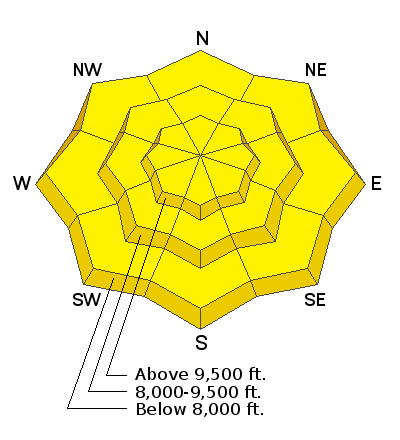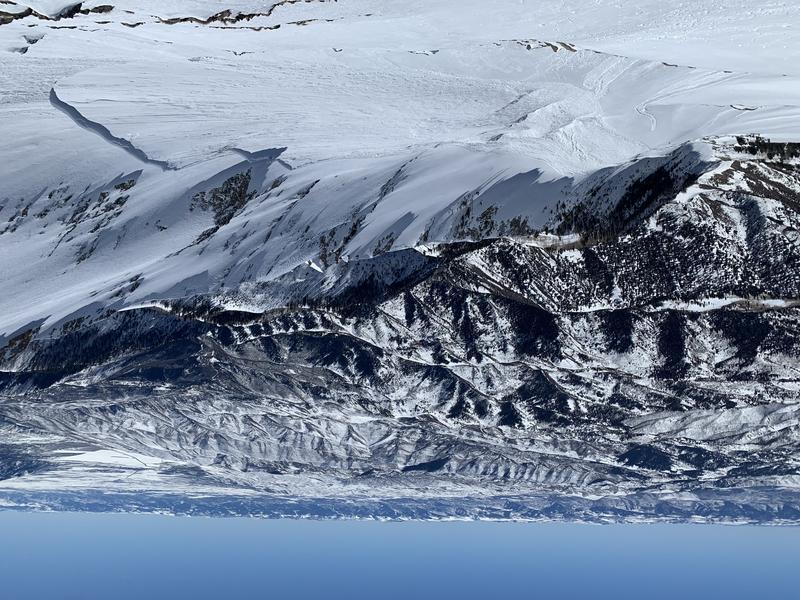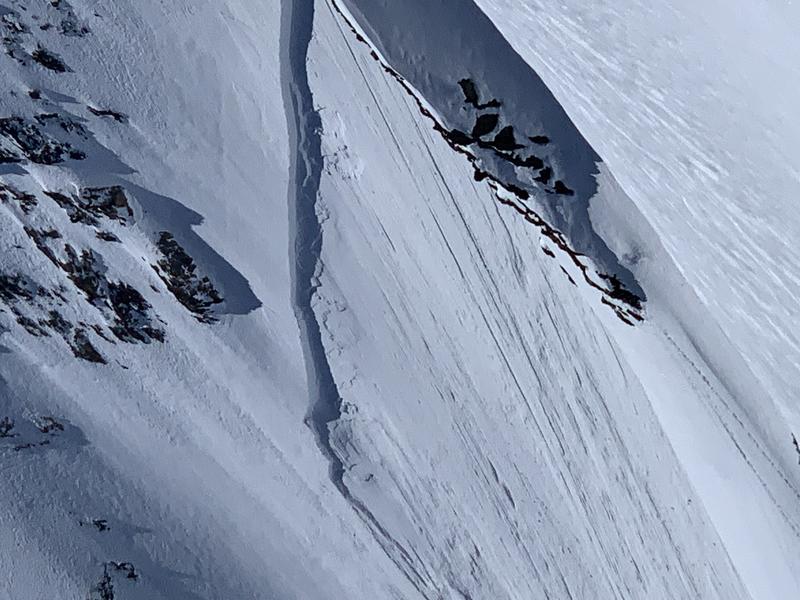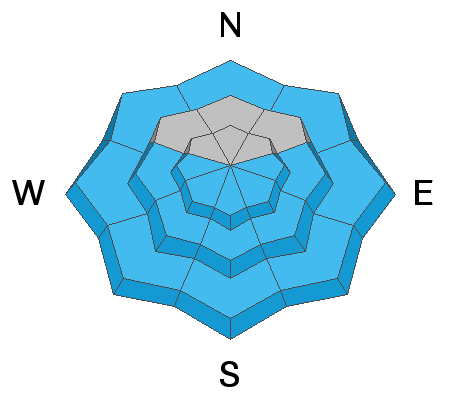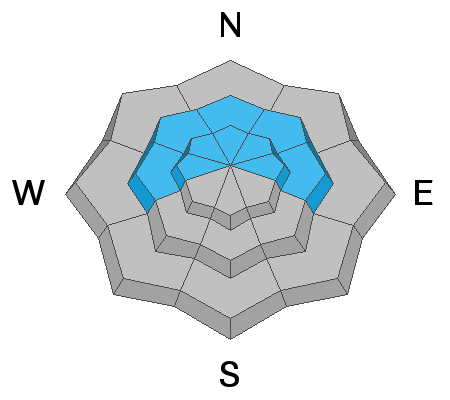The January/February drought resulted in widespread weak, faceted snow across the northern end of the compass at mid and upper elevations. These weak faceted grains are now covered by roughly 8-16" of new snow, shallow wind drifts, and some variable crusts from the past week.
Over the past few days, we have been seeing avalanches failing on this persistent weak layer as soft slab avalanches roughly 8-16" deep and up 80' wide. Generally, these avalanches have been confined to isolated terrain features where the slab is slightly stiffer and more connected. We saw a prime example of this on Mt. Nebo on Tuesday.
The challenging part right now is figuring out where a slab sits atop the weak faceted grains. In areas that have not received enough wind, or enough snow there still may not be a slab formed. It also seems the most suspect terrain is the mid to upper elevation sheltered slopes that did not see any high winds or sun during our January/February dry spell, making the surface facets that much weaker.
I am uncertain how the overnight temperatures and warming have or will affect the snow on the mid and upper elevation shady slopes. As we continue to add a bit more wind and go on multiple days of above freezing temperatures, this slab seems to only be becoming more cohesive increasingly the likelihood of triggering an avalanche. The warming temperatures are changing the game, and I would now approach steep northerly facing terrain with caution.
Cracking and Collapsing is a bullseye clue to unstable snow and should not be ignored.
Visiting CAIC forecaster Dylan Craaybeek and Drew Hardesty talk about the weak snow on North facing aspects within Big Cottonwood Canyon.

